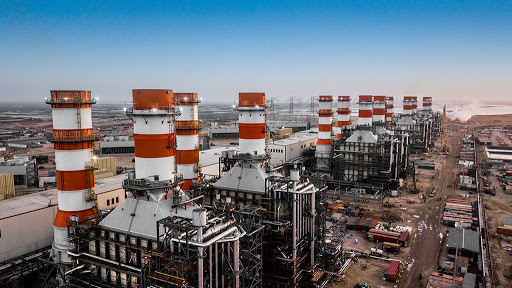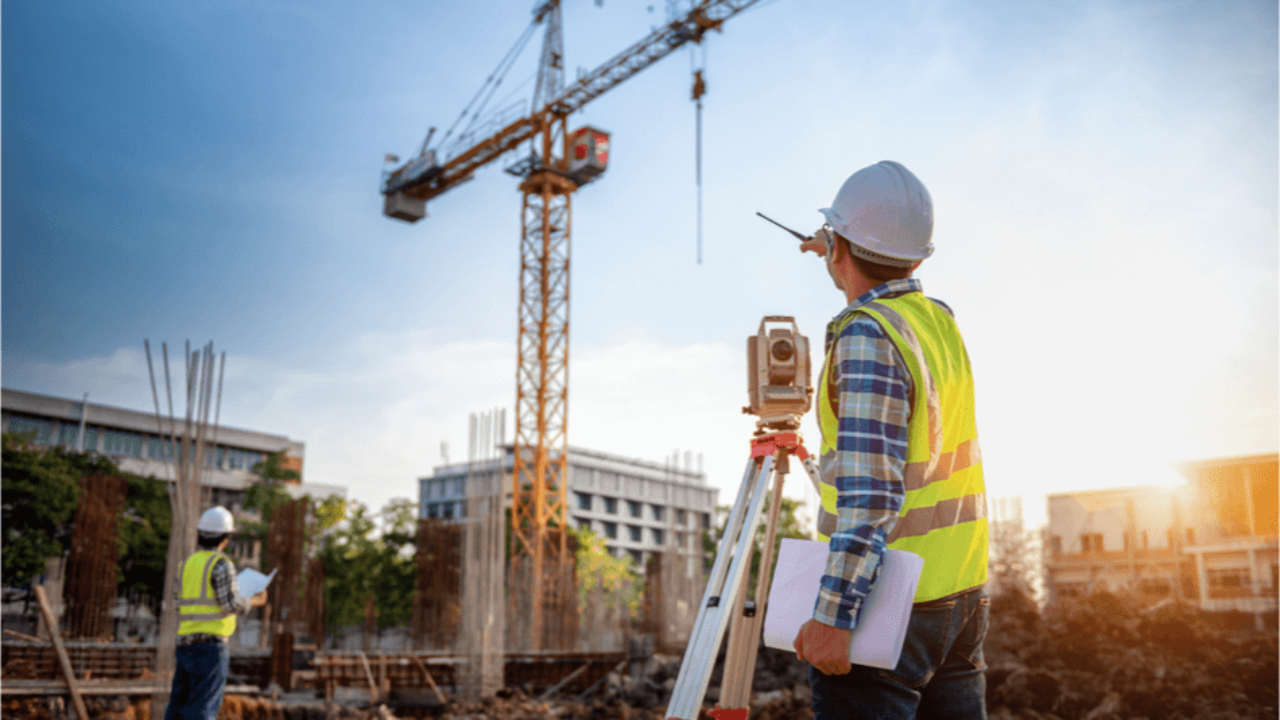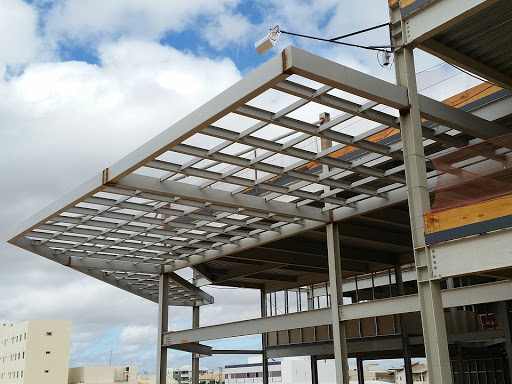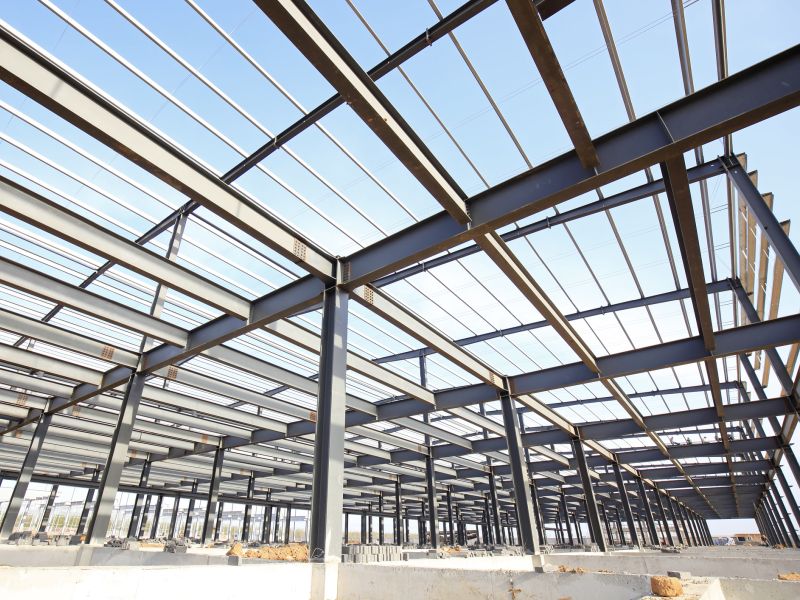

By the end of this course delegates will be able to:
Construction Engineers, Senior Construction Engineers, Design Structural Engineers, Supervision Engineer, Planners, Construction Supervisors, Construction General Supervisors, Construction Project Managers, Engineering Technologists, Supervision Engineer, Inspection Engineers, Civil Inspectors, Foremen
CDGA attendance certificate will be issued to all attendees completing minimum of 80% of the total course duration.
| Code | Date | Venue | Fees | Register |
|---|---|---|---|---|
| CE110-01 | 19-01-2026 | Istanbul | USD 5950 | |
| CE110-02 | 14-06-2026 | Dubai | USD 5450 | |
| CE110-03 | 09-08-2026 | Muscat | USD 5450 | |
| CE110-04 | 26-10-2026 | Cape Town | USD 6950 |

This course is intended for structural and civil engineers who are interested in the quality control and QA with the most recent non-destructive testing for concrete and steel structure.

Steel and reinforced concrete structures are the most used in industrial sector special in oil and gas field for onshore and offshore. Therefore, the basis of design for concrete and steel structures ...

Steel is the most used construction material in the USA and Europe for industrial buildings, high-rise towers, bridges and other structures. It competes with reinforced concrete in the world because o ...
Providing services with a high quality that are satisfying the requirements
Appling the specifications and legalizations to ensure the quality of service.
Best utilization of resources for continually improving the business activities.
CDGA keen to selects highly technical instructors based on professional field experience
Since CDGA was established, it considered a training partner for world class oil & gas institution
3012, Block 3, 30 Euro Business Park, Little Island, Co. Cork, T45 V220, Ireland
Mon to Fri 09:00 AM to 06:00 PM
Contact Us anytime!
Request Info